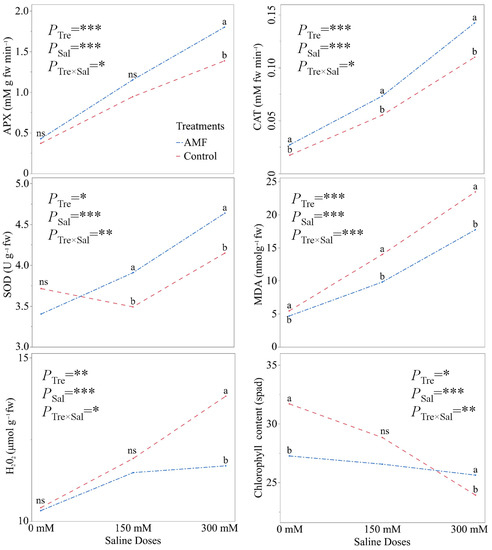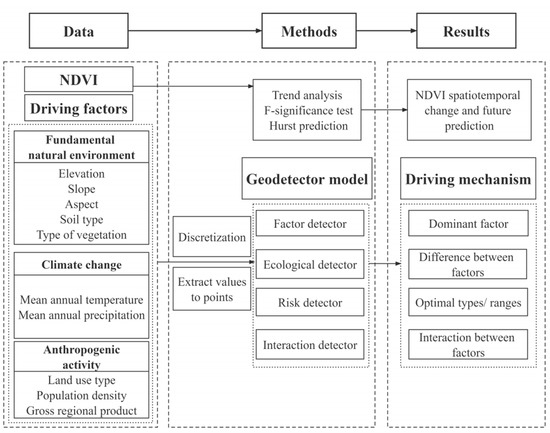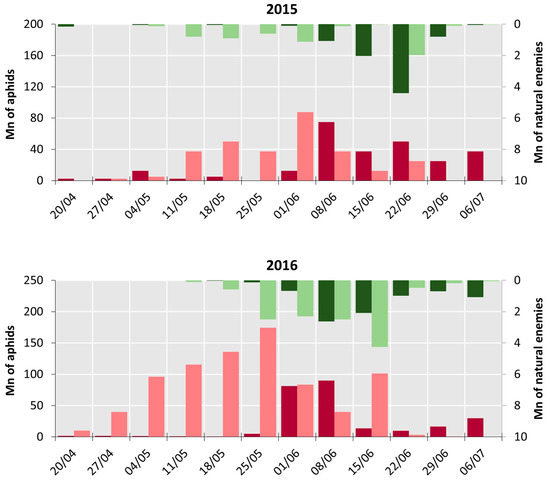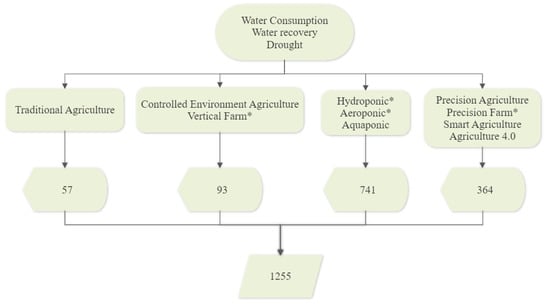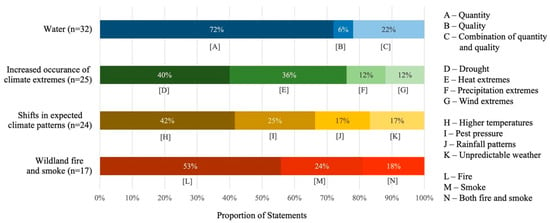1
School of Municipal and Environmental Engineering, Shandong Jianzhu University, 1000 Fengming Road, Jinan 250101, China
2
Resources and Environment Innovation Institute, Shandong Jianzhu University, 1000 Fingming Road, Licheng District, Jinan 250101, China
3
Faculty of Environmental Engineering, The University of Kitakyushu, 1-1 Hibikino, Wakamatsu, Kitakyushu, Fukuoka 808-0135, Japan
4
Shanghai Environmental & Sanitary Engineering Design Institute Co., Ltd., No.11, 345 Lane, Shilong Road, Shanghai 200232, China
5
Hydromantis Environmental Software Solutions Inc., Suite 1601, 1 James Street South, Hamilton, ON L8P4R5, Canada
Sustainability 2023, 15(7), 5985; https://doi.org/10.3390/su15075985 - 30 Mar 2023
Cited by 1 | Viewed by 2010
Abstract
Sewage sludge is a useful raw material for the production of renewable energy due to its stable annual output. In this study, the enhancement of mesophilic anaerobic digestion of sewage sludge through heat pretreatment at 95 °C for 30 min was tested in
[...] Read more.
Sewage sludge is a useful raw material for the production of renewable energy due to its stable annual output. In this study, the enhancement of mesophilic anaerobic digestion of sewage sludge through heat pretreatment at 95 °C for 30 min was tested in an anaerobic moving bed biofilm reactor (hAMBBR). The sludge retention time was set at 20, 15, 10, and 5 days during 300 days of operation and compared to a traditional anaerobic continuous stirred tank reactor (AnCSTR) without pretreatment. Results of this research indicate that the digestion ratio of volatile soluble solids in the hAMBBR process could be improved by 50%, and the average conversion ratio of methane could be increased by 45%. When the sludge retention time (SRT) was shortened to 5 days, the methane production approached twice that of the contrast reactor. The expanded anaerobic digestion model, including activated sludge models, was utilized for operation simulation. The effect of sludge retention time (SRT) shortening on volatile suspended solids (VSS) digestibility and methane production was well reproduced with simulations. The research conclusion reveals the impact of pretreatment and reactor types on anaerobic digestion and provides the scientific basis for improving methane production and process efficiency in anaerobic digestion.
Full article
(This article belongs to the Special Issue Function of Biological Control in Wastewater Management and Resource Recovery)
▼
Show Figures




